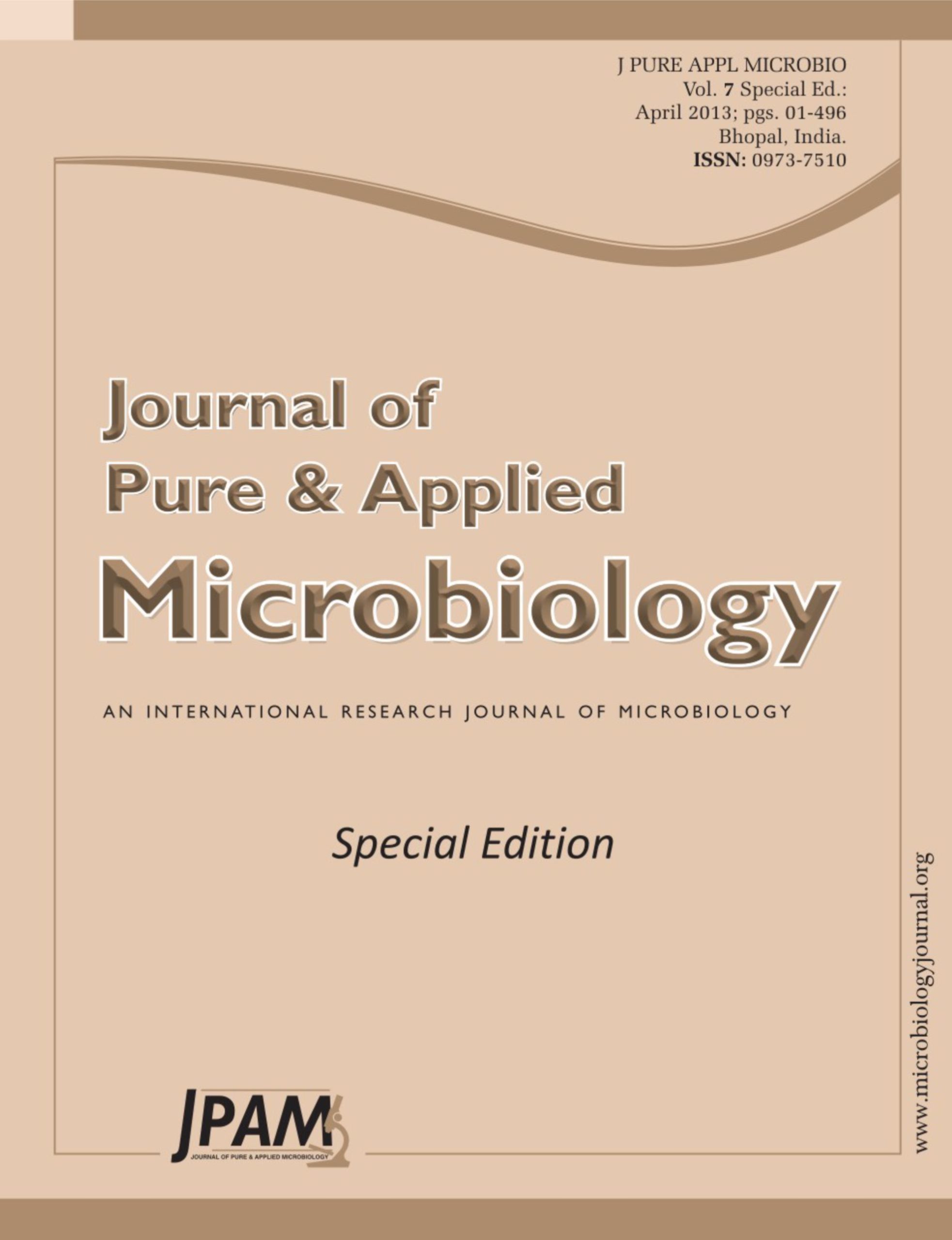The DNA damage and the level of anti-oxidative status on human peripheral blood cell has been investigated in different time after Marathon running, and the mechanism of DNA damage was discussed induced by extensive endurance exercise, which was aimed to provide some data for evaluating the training status and extent of fatigue on athletes. Twelve healthy male athletes were selected, who had volunteered to participate in International Marathon running in 2011 in Xiamen. The subjects were required to have a test at the time of twenty-four hours pre-exercise, also at 6 hours, 24hours and 48 hours post exercise. The DNA damage were investigated on human peripheral blood cell by using the single cell gel electrophoresis (SCGE) and the level of anti-oxidative status were detected including the SOD, GSH and MDA in plasma. The results showed that the DNA damage on peripheral blood cell significantly increased after exercise in 6h and 24h (P>0.05), and the DNA damage at 6h is significant higher than the 24h, then after 48 hours post exercise, it reduced to the level of rest pre-exercise (P>0.05). The contents of SOD, GSH and MDA in plasma increased significantly at 6h post exercise (P<0.001) and the activity of SOD and MDA were still significant higher than the Rest (P<0.001),at 48h, the changes of free radical indexes in plasma had no significant difference compared with the rest pre- exercise.
exercise fatigue, blood cells, DNA damage, oxidative stress
© The Author(s) 2013. Open Access. This article is distributed under the terms of the Creative Commons Attribution 4.0 International License which permits unrestricted use, sharing, distribution, and reproduction in any medium, provided you give appropriate credit to the original author(s) and the source, provide a link to the Creative Commons license, and indicate if changes were made.


